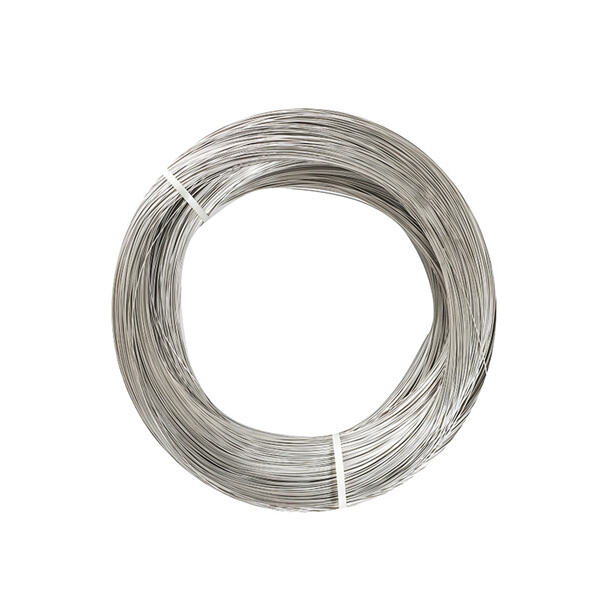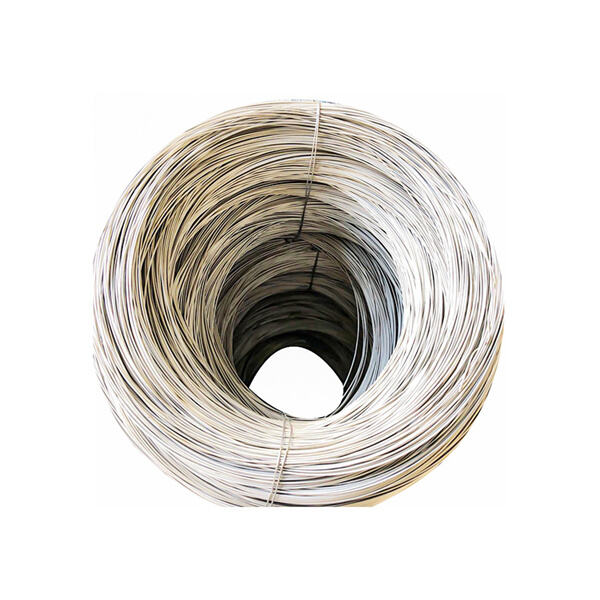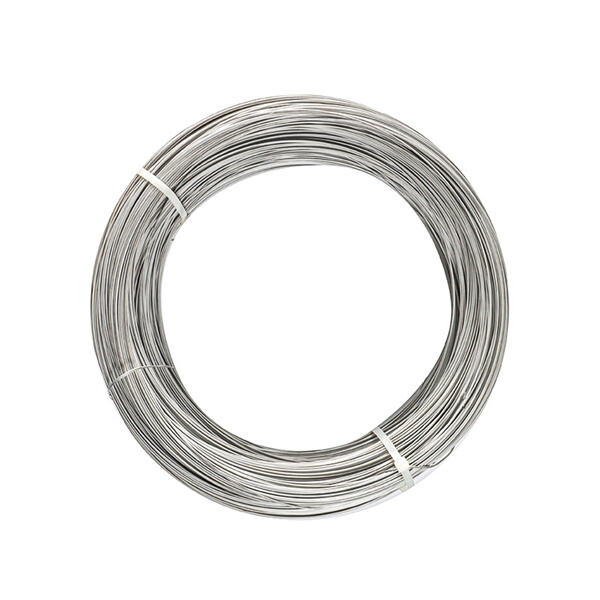There is a lot you can do with the wire. It’s a frequent ingredient in electrical parts, such as wires and cables. Zinc wire is useful in batteries, too; it is excellent at carrying electricity. For cars, zinc pellet is employed to create parts such as door handles and trimpieces.
Another great thing is that zinc does not tarnish quickly. Zinc rapidly reacts with air and water to form zinc oxide, which serves as a protective cover. This layer and the resulting coat of oxidation line the metal below and prevent it from rusting. This is why zinc bar is an excellent option for the outside, or in damp areas where rust tends to be an issue.

Zinc wire is also extensively used in construction. One of the things it has going for it is strength. It withstands harsh weather, and does not rust, crucial for buildings that have to endure over time. Zinc wire is lightweight in nature, and it’s easy to work with, so it makes a great material for all sorts of building projects.

Zinc wire is produced by melting blocks of zinc and pressing the liquified metal into special shapes to form thin wire. Then the wire cools and is cut to the desired length and wound up for storage or shipment. And zinc wire is easy to produce and relatively cheaper, that’s why it is widely used in more industries.

Zinc wire is also environmentally friendly. Zinc is a naturally occurring material, so can be replenished from the Earth. And it is recyclable, so that old zinc wire can be melted and reused to make new wire. This is waste-reducing and is better for our planet.